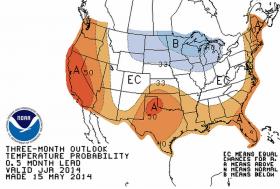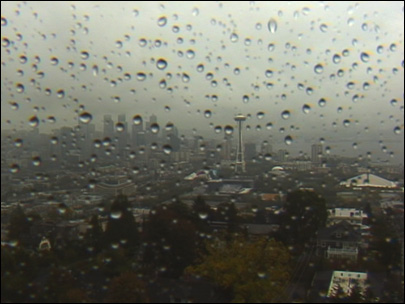By Tom Banse, NW News Network
The supercomputers at the National Weather Service’s Climate Prediction Center have crunched long-term trends to produce an outlook for June, July and August. For most of the Northwest, the forecast gives a strong probability of above-normal temperatures.

Seattle-based meteorologist Johnny Burg said the trend is strongest along the West Coast and becomes less pronounced as you go inland to Idaho.
“Usually our summers here are pretty warm and dry compared to the weather patterns throughout the year,” Burg said. “But what the CPC is saying is that we are looking at maybe having warmer than normal temperatures for this summer.”
The summer outlook for rainfall is neutral for the Pacific Northwest, but calls for above average rainfall chances in the central Rockies. There’s no drought relief in sight for parched rangelands in southern Oregon and southwest Idaho.
The Climate Prediction Center notes a transition to El Niño conditions is underway in the tropical Pacific, but that global weather phenomenon is not driving the forecast for a warmer than normal summer in the Northwest. Burg said that there is usually a lag before El Niño’s effects can be seen in the region’s local weather.








